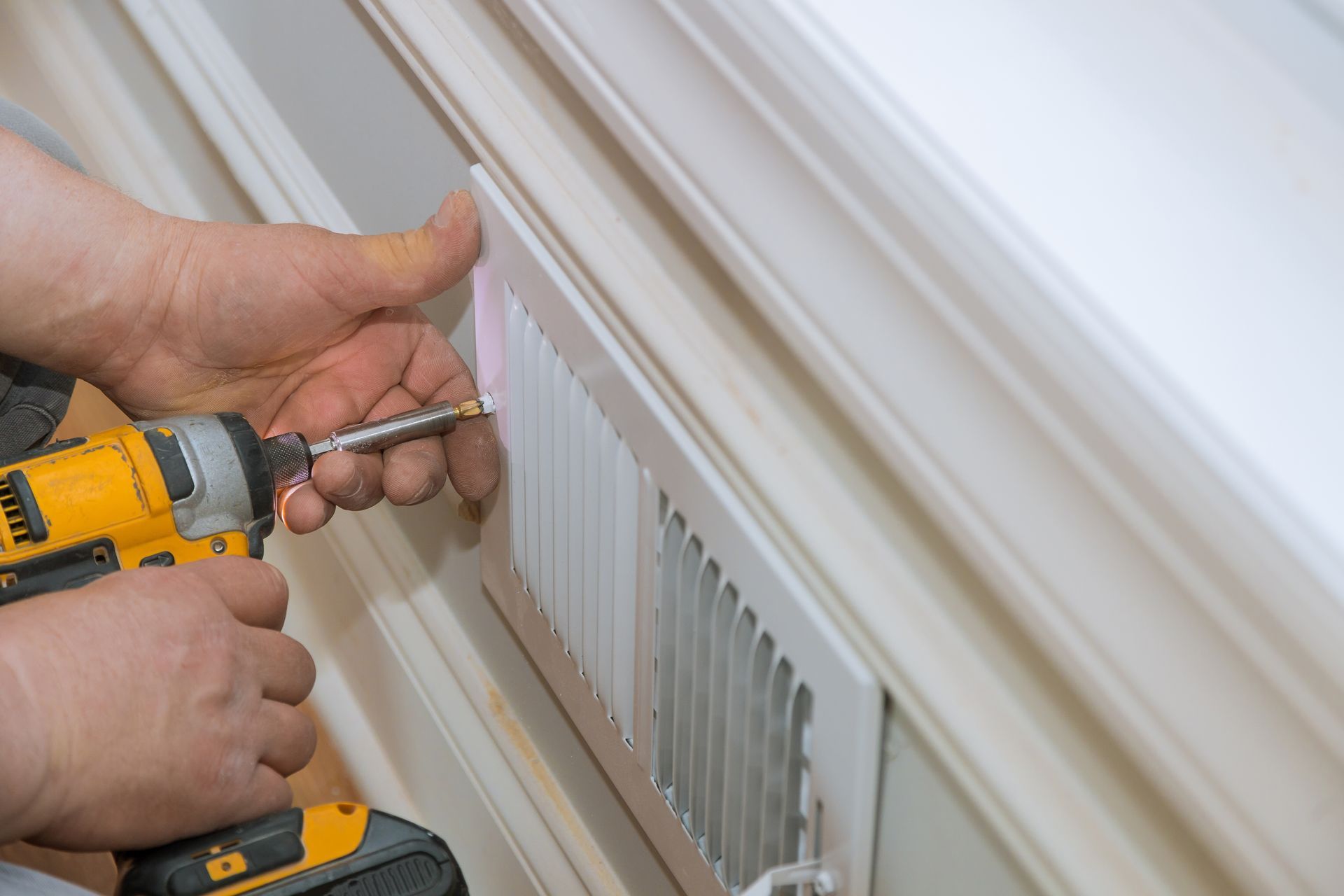Mechanical Ventilation in WA Homes: Tackling Heatwaves, Humidity, and Bushfire Smoke
Mechanical Ventilation in WA Homes: Tackling Heatwaves, Humidity, and Bushfire Smoke
Western Australia’s architects and builders are increasingly recognising that effective ventilation goes beyond simply opening windows. With WA’s distinctive climatic challenges—including intense heatwaves, humidity in coastal regions, and rising bushfire risks—mechanical ventilation systems, particularly Mechanical Ventilation with Heat Recovery (MVHR), have become essential. These solutions not only enhance indoor air quality but significantly improve energy efficiency and occupant comfort.
Here, we explore how mechanical ventilation specifically addresses the key challenges faced by WA homes and why incorporating these systems early in the design phase is crucial.
Why Mechanical Ventilation is Essential in WA Homes
Addressing Heatwaves and High Temperatures
Western Australia frequently experiences extreme heat, with Perth summers regularly surpassing 40°C. Relying solely on natural ventilation during heatwaves is often ineffective and energy-intensive, as it leads to prolonged use of air conditioning systems. Mechanical ventilation, particularly MVHR, efficiently exchanges stale indoor air with fresh, filtered external air while recovering up to 90% of indoor temperature, significantly reducing the load on cooling systems [CSIRO][1].
Managing Humidity in Coastal WA
Coastal regions, including Perth and the South West, frequently experience high humidity levels, leading to potential mould growth and compromised indoor air quality. Traditional passive ventilation may not adequately manage moisture, especially in tightly sealed, energy-efficient buildings. Mechanical ventilation provides a consistent flow of fresh, filtered air, reducing humidity levels and maintaining healthier indoor environments.
Protecting Homes from Bushfire Smoke
Bushfires are an increasing concern across WA, and smoke can dramatically reduce indoor air quality, even from fires hundreds of kilometres away. Mechanical ventilation systems with advanced filtration, such as HEPA filters, significantly reduce indoor exposure to harmful bushfire particulates, improving air quality and occupant health [Department of Health WA][2]
Benefits of Mechanical Ventilation
with Heat Recovery (MVHR)
Enhanced Energy Efficiency
MVHR systems drastically reduce heating and cooling energy demands. By reclaiming thermal energy from exhausted air, these systems significantly lower energy bills—a crucial factor as energy costs continue to rise.
Improved Indoor Air Quality and Health
The World Health Organization (WHO) highlights indoor air quality as critical for occupant health, particularly regarding respiratory conditions. MVHR systems continuously circulate and filter air, eliminating pollutants, allergens, and mould, leading to better health outcomes for occupants [WHO][3].
Compliance with Building Standards
Integrating mechanical ventilation helps architects and builders meet rigorous sustainability and energy efficiency standards, including NCC and Passive House certification criteria increasingly adopted throughout WA.
Practical Implementation in WA Homes
Architects and builders should consider:
- Early Integration in Design: Incorporating MVHR early in design stages ensures seamless integration, maximising efficiency without compromising aesthetics.
- Selecting Appropriate Systems: Trusted manufacturers such as Stiebel Eltron provide systems optimised for the Australian climate, ensuring reliable performance.
- Professional Installation and Commissioning: Proper installation and commissioning by experienced HVAC professionals are essential for optimal system performance and compliance.
Sources:
[1] CSIRO: Energy-efficient homes - Ventilation strategies
[2] Department of Health WA: Bushfire Smoke and Indoor Air Quality
[3] World Health Organization: Guidelines for indoor air quality
Ready to Integrate Effective
Mechanical Ventilation in Your Next WA Project?
Contact our expert team today to explore sustainable, high-performance ventilation solutions tailored specifically for Western Australian conditions.

